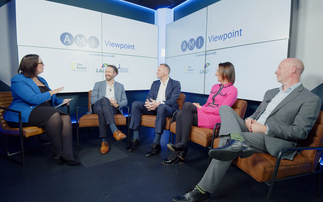Insurers must develop simple processes to engage advisers and the mass market, delegates at The Protection Review conference heard.
James Tait, head of protection marketing at Pacific Life Re said the industry must make it easier for advisers to sell protection products, as there were still opportunities in this channel post-RDR.
He said: "Whatever technological change happens, some people will always need advice, whether that be about protection or as part of a wider product conversation. We're not making it easy to run viable businesses selling protection, and in my view that's because of the complexity and costs of dealing with multiple systems, because prices get changed and cover gets declined in up to 30% of applications.
"Advisers have to spend a lot of their time focusing on underwriting and application processes, rather than concentrating on selling business. We need to change that. We need to change the perception protection is a difficult sale. The solution in my view is bringing it in the land of most other financial products it such as motor and annuities, and underwrite using a common question set."
This would simplify protection sales; removing uncertainty over whether cover was available and remove the need for advisers to keep up-to date with different underwriting philosophies, Tait believed.
Tait added the other two channels for significant growth were "properly engaging" with aggregators and mass market customers.
"The final area I see for growth is getting the mass market to buy protection, bringing in new customers who would not engage with a customer or a price comparison site but who desperately need customer. For me that's about simple processes, not simple product. We know simple processes led to more sales.
"We saw it with PPI for all its faults, this was a £1bn market at point. There's a lot to be said against those products or how they were sold, but optimum value is no good if no-one access it. We can create fair and simple products with genuinely simply access, there's a must for the mass market to engage with us as an industry. There are of opportunities with distribution and brands to appeal to these people. In the next ten years there will be unprecedented risk in maintaining the status quo."










